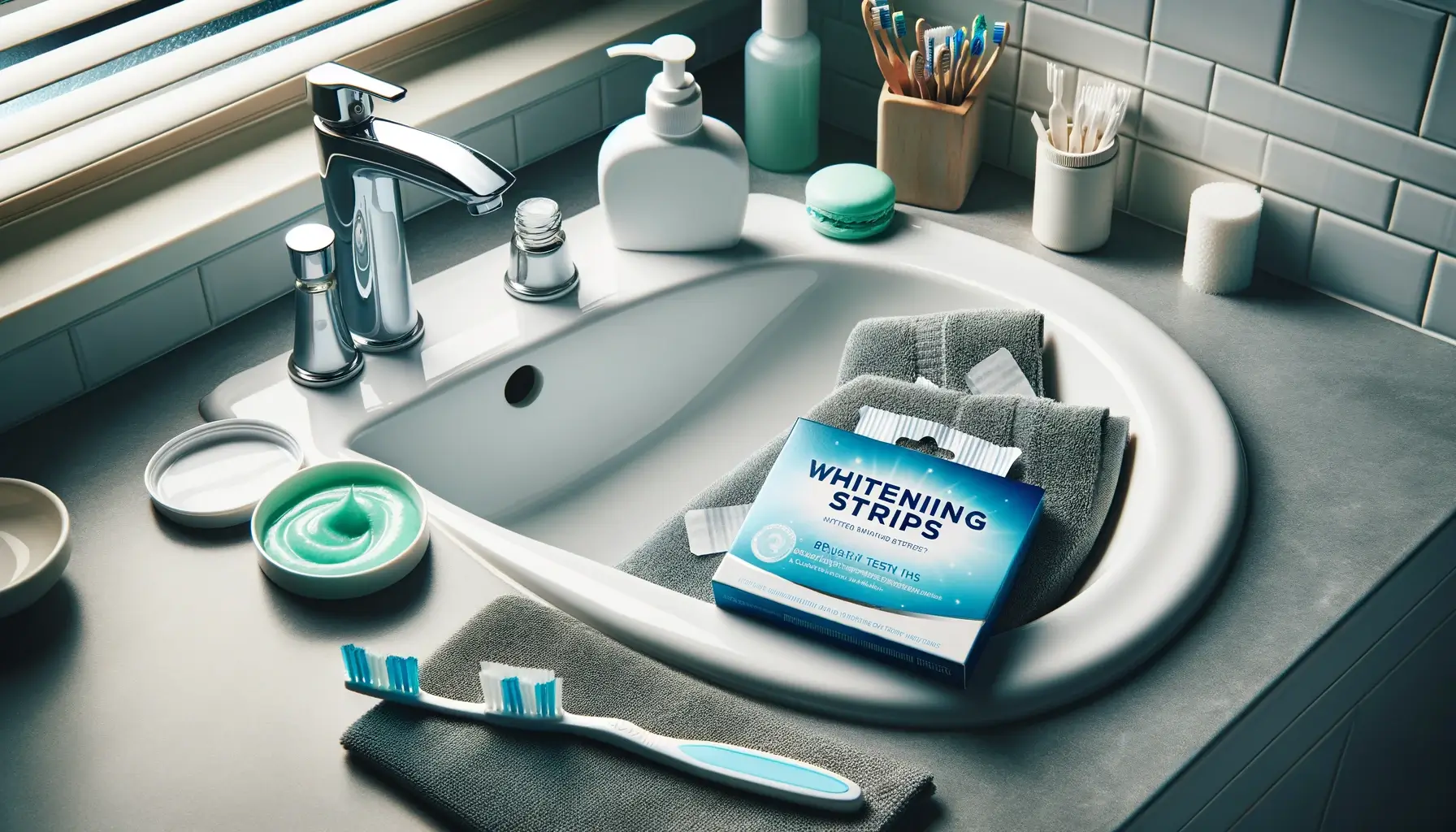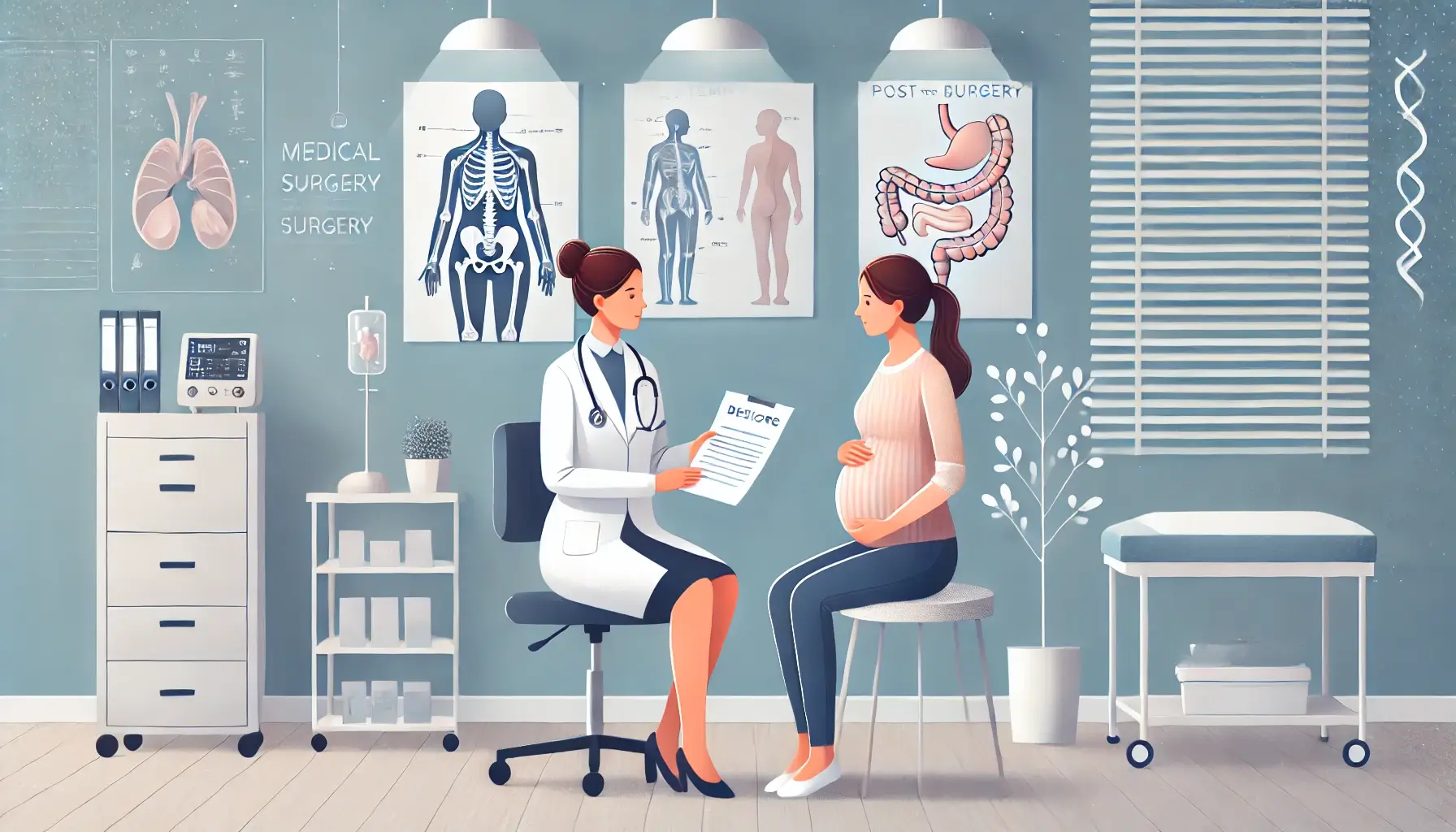Introduction
In the pursuit of a brighter, more radiant smile, teeth whitening has become a widely embraced cosmetic practice. Among the plethora of whitening options available, whitening strips stand out as a popular and convenient choice for many. These thin, flexible strips coated with a whitening gel are easy to use and have become a staple in the oral care routines of those seeking to lighten their teeth.
However, with the use of these products comes an important question that often perplexes users: should you brush your teeth after using whitening strips? This seemingly simple inquiry taps into the broader concern of maintaining optimal oral health while pursuing cosmetic dental improvements. In this article, we delve into the intricacies of this question, aiming to provide clear guidance based on dental expertise and research. Our goal is to offer a well-rounded perspective that not only addresses the immediate query but also underscores the importance of overall oral hygiene in the context of teeth whitening.
Understanding Whitening Strips
Whitening strips are a modern dental innovation designed to improve the aesthetics of one’s smile by removing surface stains and lightening the color of the teeth. These strips are typically made from a flexible plastic material, such as polyethylene, and are coated with a thin layer of whitening gel. When applied directly to the teeth, they adhere snugly, allowing the active ingredients in the gel to work effectively.
The key to the whitening capability of these strips lies in their active ingredients. The most common ingredient used is hydrogen peroxide or carbamide peroxide. These are forms of bleach that safely interact with the enamel on the teeth, breaking down complex stain molecules, which results in a whitening effect. It’s important to note that the concentration of these bleaching agents is carefully controlled to ensure safety and minimize potential tooth sensitivity or gum irritation.
The popularity of whitening strips can largely be attributed to their accessibility and ease of use. Unlike professional dental procedures, which require appointments and can be costly, whitening strips offer a convenient and affordable alternative that can be used at home. Their widespread availability in pharmacies, supermarkets, and online stores makes them an accessible option for individuals looking to enhance their smile.
As simple and effective as they are, it’s important for users to understand how these strips work and their ingredients, to make informed decisions about their oral health regimen, especially in relation to other dental care practices like brushing.
To Brush or Not to Brush: The Main Question
The decision of whether to brush teeth after using whitening strips is nuanced, with valid arguments on both sides. Understanding these perspectives can help users make informed choices about their oral care in conjunction with teeth whitening practices.
Arguments for Brushing After Using Whitening Strips:
- Removal of Gel Residue: Brushing teeth post-application helps in removing any residual whitening gel left on the teeth. This can be important for those who experience sensitivity or discomfort from the whitening agents.
- Oral Cleanliness: Brushing can ensure that any plaque or food particles are removed after the whitening session, contributing to overall oral hygiene.
- Freshness and Comfort: Some users find that brushing after using whitening strips leaves their mouth feeling fresher and cleaner, enhancing the sense of oral cleanliness.
Arguments Against Brushing Immediately After Using Whitening Strips:
- Potential Tooth Sensitivity: The whitening process can temporarily make teeth more porous and sensitive. Brushing immediately after whitening may exacerbate this sensitivity, causing discomfort.
- Effectiveness of Whitening Agents: Some dental professionals suggest that waiting for a period after using whitening strips allows the active ingredients to work more effectively. Brushing too soon might interfere with the whitening process.
- Risk of Gum Irritation: The gums can be slightly more sensitive after whitening. Brushing immediately might lead to irritation or damage to the delicate gum tissue.
Potential Effects on Dental Health:
The decision to brush or not brush after using whitening strips should be guided by an individual’s dental health and sensitivity. Those with sensitive teeth might opt to wait before brushing to minimize discomfort. Conversely, for those who do not experience sensitivity, brushing might be a viable option to ensure cleanliness. It’s crucial to use a soft-bristled toothbrush and gentle technique if choosing to brush immediately after whitening to minimize any potential harm to the enamel or gums.
Ultimately, the best practice may vary from person to person. It’s advisable to consult with a dental professional to receive personalized guidance based on one’s oral health history and the specific whitening product being used.
The Importance of Oral Hygiene
Oral hygiene is fundamental to our overall health and well-being. It encompasses a range of practices aimed at keeping the mouth clean and free from disease. Good oral hygiene not only helps in preventing dental issues such as cavities, gum disease, and bad breath but also has a significant impact on our general health, potentially reducing the risk of certain systemic diseases.
The cornerstone of oral hygiene lies in regular brushing and flossing, which remove plaque, a sticky film of bacteria that forms on the teeth. Plaque can lead to tooth decay and gum disease if not removed regularly. Additionally, maintaining a balanced diet, avoiding tobacco products, and limiting sugary snacks and drinks are crucial practices in preserving oral health.
When it comes to teeth whitening, oral hygiene plays a pivotal role. A healthy oral environment contributes to the effectiveness of whitening treatments, including the use of whitening strips. Clean teeth allow for better adhesion of the whitening agent, ensuring more uniform and effective whitening. Moreover, a well-maintained oral environment reduces the risk of experiencing adverse reactions from whitening treatments, such as increased sensitivity or gum irritation.
Therefore, while seeking a brighter smile through whitening strips, it’s essential to maintain rigorous oral hygiene. This not only supports the whitening process but also ensures the long-term health and appearance of your teeth.
Recommendations from Dental Professionals
When it comes to the debate of brushing teeth after using whitening strips, dental professionals and associations offer guidance that aims to optimize both the effectiveness of whitening treatments and the health of the teeth and gums. These recommendations are often based on clinical experience, research studies, and an understanding of dental materials and oral physiology.
General Consensus:
- Timing: Many dentists recommend waiting a certain period of time after using whitening strips before brushing. This period can range from 30 minutes to an hour. The rationale is to allow the active ingredients in the whitening strips, typically hydrogen peroxide or carbamide peroxide, to fully exert their effect without being prematurely removed or diluted by brushing.
- Gentle Brushing: If brushing after whitening, it’s advised to use a soft-bristled toothbrush and a gentle, non-abrasive toothpaste. Aggressive brushing or abrasive toothpastes can cause irritation and may even damage the enamel, especially when the teeth are in a temporarily more vulnerable state post-whitening.
- Observing Sensitivity: Individuals are advised to monitor their teeth for sensitivity. If significant sensitivity occurs, it’s recommended to delay brushing after whitening treatments and to consider using toothpaste designed for sensitive teeth.
Relevant Studies and Research:
Research in the field of cosmetic dentistry often investigates the efficacy and safety of whitening products, including the best practices for their use. While there is a wealth of studies on teeth whitening, specific research focusing on the impact of brushing immediately after using whitening strips is somewhat limited. However, studies that have examined the broader aspects of tooth whitening suggest the importance of following manufacturer guidelines and dental advice to achieve the desired results without compromising dental health.
In summary, dental professionals generally advocate for a cautious approach that respects both the chemical process of whitening and the health of the oral environment. They emphasize the importance of individualized recommendations, as the response to whitening treatments and the susceptibility to sensitivity or irritation can vary widely among individuals.
Best Practices for Using Whitening Strips
Achieving a whiter smile with whitening strips can be safe and effective when done correctly. Here are some guidelines to help ensure that you use these products effectively while maintaining your oral health.
Effective and Safe Use of Whitening Strips:
- Follow the Instructions: Always use whitening strips according to the manufacturer’s instructions. This includes the duration and frequency of application. Overuse or improper use can lead to dental problems, including enamel damage and gum irritation.
- Check for ADA Approval: Opt for products that have been approved by reputable dental associations like the American Dental Association (ADA). These products have been tested for safety and efficacy.
- Start with a Clean Slate: For best results, use whitening strips on clean teeth. It’s often recommended to apply them after brushing to ensure that the whitening gel can make contact with the tooth enamel without interference from plaque or food debris.
Timing for Brushing:
- Before Application: Brushing before applying whitening strips can remove plaque and food particles, providing a clean surface for the whitening agent to work on.
- After Application: As recommended by many dental professionals, wait for 30 minutes to an hour after removing the strips before brushing. This allows the active ingredients to work effectively and reduces the risk of sensitivity and gum irritation.
Maintaining Oral Health:
- Gentle Brushing: Use a soft-bristled toothbrush and a non-abrasive toothpaste to avoid damaging your enamel, especially if you experience sensitivity after whitening.
- Monitor Sensitivity: If you experience tooth sensitivity, consider using toothpaste formulated for sensitive teeth and consult with your dentist. They may recommend a lower concentration of whitening agent or a different method of teeth whitening.
- Regular Dental Check-Ups: Regular visits to the dentist can help monitor your oral health and the effects of any whitening treatments. Your dentist can provide personalized advice and address any concerns you may have.
By following these best practices, you can enjoy the benefits of whiter teeth with minimal risks. Remember that while cosmetic improvements are desirable, the health of your teeth and gums should always be a priority.
Best Practices for Using Whitening Strips
To maximize the benefits of whitening strips while ensuring oral health, it’s important to follow certain best practices:
- Read Instructions Carefully: Always start by reading the manufacturer’s instructions. Each brand might have specific guidelines regarding the duration and frequency of use.
- Timing for Brushing: As discussed, consider waiting for 30 minutes to an hour after using whitening strips before brushing your teeth. This allows the whitening agents to work effectively.
- Regular Oral Hygiene: Maintain regular oral hygiene practices, including brushing twice a day and flossing daily. Use a soft-bristled toothbrush and a non-abrasive toothpaste.
- Sensitivity Management: If you experience sensitivity, consider using toothpaste designed for sensitive teeth. If sensitivity persists, reduce the frequency of whitening strip use and consult a dentist.
- Avoid Certain Foods and Drinks: After using whitening strips, try to avoid foods and drinks that can stain teeth, such as coffee, red wine, and dark berries, for a few hours.
- Regular Dental Check-ups: Continue to have regular dental check-ups and cleanings. Professional guidance is essential in maintaining oral health and achieving the best whitening results.
Conclusion
In this article, we’ve explored the nuanced question of whether to brush teeth after using whitening strips. We’ve looked at various perspectives, including the rationale for and against brushing immediately after using the strips, and discussed the potential effects on dental health.
While there are arguments on both sides, the consensus among dental professionals leans towards waiting a short period after using whitening strips before brushing. This approach seems to balance the effectiveness of the whitening process with the need to maintain good oral hygiene.
Ultimately, the best practice depends on individual circumstances and oral health. Therefore, we strongly encourage readers to consult with their dentist for personalized advice. This ensures not only an effective whitening process but also the overall health and well-being of your teeth and gums.










